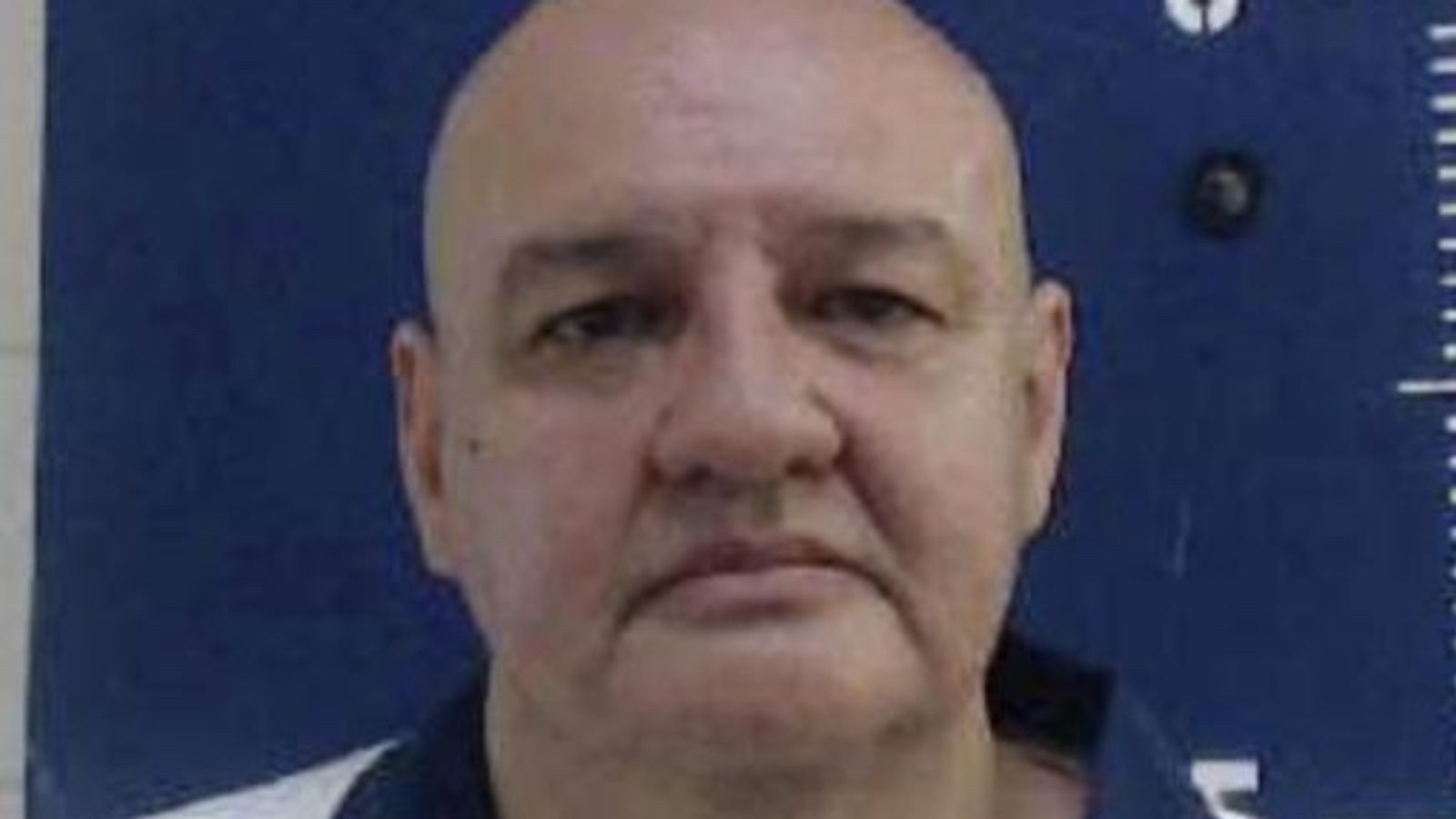A mum has described a man who murdered her six-year-old son almost 30 years ago as a “monster” and “pure evil” – as he was sentenced to life in prison with a minimum of 15 years.
James Watson was 13 when he lured Rikki Neave to woods near his Peterborough home in November 1994.
Watson, now 41, throttled Rikki from behind with a ligature or anorak collar.
He carried out his attack to fulfil a “morbid fantasy”, he told his mother three days beforehand.
Rikki’s mother, Ruth Neave, said Watson was a “monster” who had ruined her life and those of her children.
In a statement released following sentencing, Ms Neave wrote: “James Watson, you have no idea what you have done. But you do of course. You are pure evil, with no conscience.”
Watson “set in motion a chain of events that has ruined my life and those of my children”, she added.
Addressing him directly, she wrote: “How did you feel, killing a six-year-old boy?”
Ms Neave said her victim impact statement had been “watered down by the authorities” to the extent that she “barely recognised it” when it was read out in court.
Her words were “dramatically altered”, she added, and it was “just another part of the justice system I have had to learn to live and deal with”.
Police originally suspected Ms Neave of being responsible for the 1994 atrocity, but a jury acquitted her of murder two years later.
She was instead jailed for seven years after admitting child cruelty, a conviction she is reported to consider challenging, many years after her release from prison.
During his trial, the Old Bailey heard that Watson had a sexual interest in younger boys which was known to police, who had interviewed him over an allegation that he molested a five-year-old in 1993.
After killing Rikki, Watson stripped him and posed his naked body in a star shape close to a children’s woodland den.
Following his conviction for murder in April, Clare Forsdike, from the Crown Prosecution Service, said the case had been like a “jigsaw puzzle with each piece of evidence not enough by itself”.
But a combination of “evidence from DNA, post mortem, soil samples, eyewitness testimony, and (Watson’s) changing accounts proved overwhelming”.









